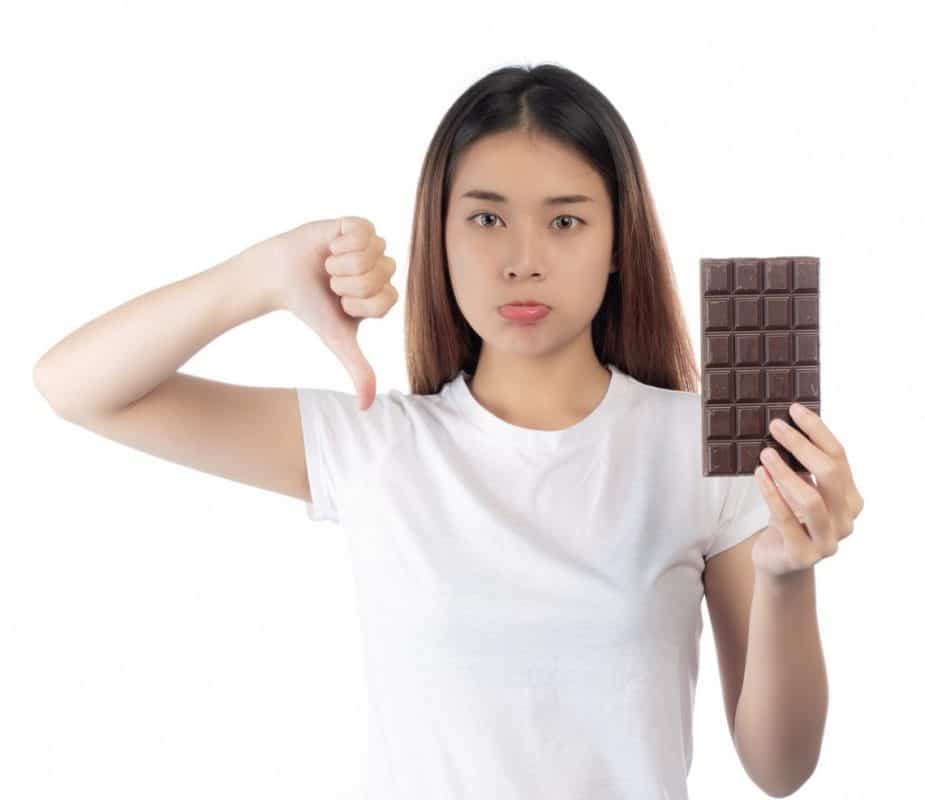These observations have stimulated many studies on dopamine’s role in alcohol abuse and dependence, also with the intent of finding new pharmacological approaches to alcoholism treatment. This review summarizes some of the characteristics of dopaminergic signal transmission as well as dopamine’s potential role in alcohol reinforcement. There has been a great deal of activity in recent years in the study of the direct effects of ethanol on the dopamine reward system originating in the ventral tegmental area (VTA). In addition, recent evidence suggests that acetaldehyde formed from ethanol in the brain or periphery may be a crucial factor in the central effects of ethanol.
- Therapy sessions will teach you coping techniques to deal with the triggers that fuel drinking.
- The 9 base pair repeat is extremely rare and in statistical studies, often clubbed with the 10 base pair repeat.
- Dopamine is a critical part of the brain that helps control movement, pleasure, attention, mood, and motivation.
- To modulate the responsiveness of neighboring neurons to glutamate, dopamine modifies the function of ion channels in the membrane of the signal-receiving (i.e., postsynaptic) neuron.
- In the study, 165 AD patients, 113 heroin dependent patients and 420 healthy controls from a homogeneous Spanish Caucasian population were genotyped using standard methods.
Dopamine Production and Distribution in the Brain
Consequently, serotonin can affect neighboring neurons only for a short period of time. Any interference with serotonin transporter function extends or diminishes the cells’ exposure to serotonin, thereby disrupting the exquisite timing of nerve signals within the brain. The net result of such disruptions is abnormal brain activity, which can lead to psychological problems or mental illness. One prominent example of a psychological disorder that appears to involve inappropriate serotonin use in the brain is depression (Baldessarini 1996); some of the most effective antidepressant medications act on the serotonin transporters to prolong the neurotransmitter’s activity. If you find yourself struggling to control your drinking or have repeatedly tried to cut back or stop but have been unsuccessful, this could be a sign of alcohol dependency. Additionally, if you experience withdrawal symptoms such as shaking, sweating, and anxiety when you stop drinking, this may also indicate physical alcohol dependence.
How Alcohol Tricks Your Brain
It can take a long time for the brain to return to a pre-drinking state, and sometimes it never does. Additionally, maintaining a balanced diet rich in tyrosine-containing foods (e.g., lean proteins, dairy, nuts, and soy) can support dopamine synthesis. Mindfulness practices, meditation, and cognitive behavioral therapy (CBT) can also help regulate mood and improve dopamine function by reinforcing healthier reward mechanisms.

Alcohol’s Actions as a Reinforcer: Dopamine’s Role

More promising clinical studies with varenicline show that this agent decreased alcohol consumption and craving in an experimental setting in heavy‐drinking smokers 208–210. Moreover, data from a randomized clinical trial in alcohol‐dependent individuals show that the smoking cessation agent reduced the weekly percent heavy drinking days drinks, decreased the drinks per drinking day as well as prevented alcohol craving 211. It should, however, be noted that recent clinical trials in alcohol‐dependent individuals were unable to find a beneficial effect of varenicline based on self‐reported alcohol consumption 212, 213. Besides glycine receptors and nAChR, there are various signalling systems indirectly targeting the mesolimbic dopamine system with promising preclinical findings on alcohol‐mediated behaviours.

Social Drinking Activates Dopamine and Elevates Mood
These include naltrexone (which reduces the rewarding effects of alcohol), acamprosate (which helps restore balance to neurotransmitter systems disrupted by chronic alcohol use), and disulfiram (which creates an aversive reaction to alcohol). While some medications may indirectly influence dopamine pathways, the primary mechanisms of action for alcohol dependence medications often involve other neurotransmitter systems like opioid and glutamate/GABA. From a psychological perspective, the impact of alcohol on dopamine levels is closely intertwined with various mental health conditions. As the dopaminergic system becomes dysregulated, individuals may experience a diminished capacity to enjoy everyday activities or derive pleasure from naturally rewarding experiences. This can lead to a diminished capacity to experience pleasure from natural rewards, a condition known as anhedonia. The brain’s reward circuitry becomes dysregulated, making it challenging for the individual to experience joy without alcohol.
Neurotransmitters and Alcohol Interaction
Understanding the complex relationship between alcohol and dopamine is not only a matter of neurochemistry—it is a vital step towards enhancing mental health and developing more effective strategies for treatment and recovery. This insight offers a pathway to improved self-awareness and better management of the behaviors that influence our daily lives. All psychoactive drugs can activate the mesolimbic DA system, but the DA system is not the only system involved in the positive reinforcement network in the NAc. Previous research about the neurobiochemisty of alcohol dependence has focused on the DA system, but many of the findings have been contradictory.
According to one study, including mindfulness and meditation in addiction treatment can reduce the chance of relapse. The study also suggests that mindfulness meditation can remodel brain networks that can Halfway house lead to recurrence. Because you’re low on dopamine, you’ll turn to alcohol to boost your levels, but this will disable the brain’s built-in braking system, which restricts dopamine receptivity. As a result, alcoholics consume even more alcohol in an unconscious attempt to restore their dopamine levels and regain their spark. The effectiveness of current attempts to prevent and treat alcoholism is quite low. Improving the outcomes of treatment and prevention initiatives requires a better understanding of the biological mechanisms that underpin addiction.
- Understanding the changes in dopamine levels during alcohol cessation is crucial for several reasons.
- Signs of drunkenness include slurred speech, bad behaviour, trouble walking and difficulty performing manual tasks.
- Preclinical as well as clinical studies have shown that substances indirectly targeting the mesolimbic dopamine system may be potential targets for attenuation of alcohol reward.
To activate hippocampal GABAergic neurons, serotonin binds to the 5-HT3 receptor. This receptor is present in many brain regions (Grant 1995) and may reside on GABAergic neurons. Increased 5-HT3 activity results in enhanced GABAergic activity, which, in turn, causes increased inhibition of neurons that receive signals from the GABA-ergic neurons. Consequently, alcohol’s effects on these receptor subtypes also might influence GABAergic signal transmission in the brain.
Disorders
Understanding this complex interplay can provide valuable insights for those embarking on the journey to sobriety and those supporting them along the way. However, some food-related stimuli (e.g., taste) that activate phasic-synaptic dopaminergic signal transmission in the NAc shell rapidly undergo a form of tolerance (i.e., habituation) (Bassareo and Di Chiara alcohol and dopamine 1997). For example, rats receiving a palatable food for the first time exhibited significant dopaminergic signal transmission in the NAc shell.






